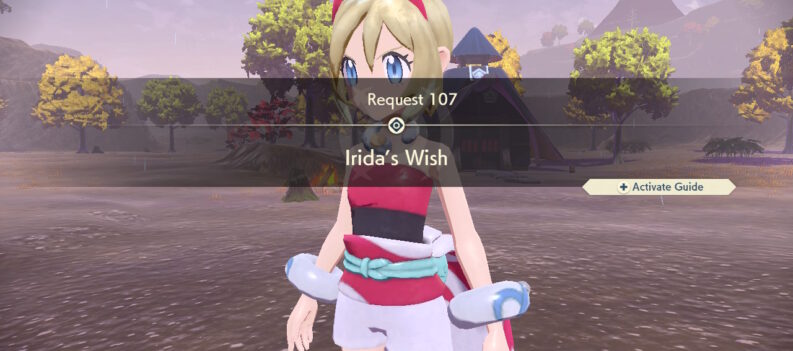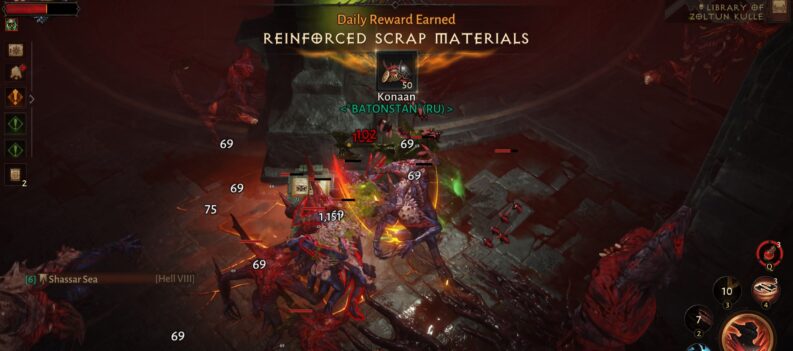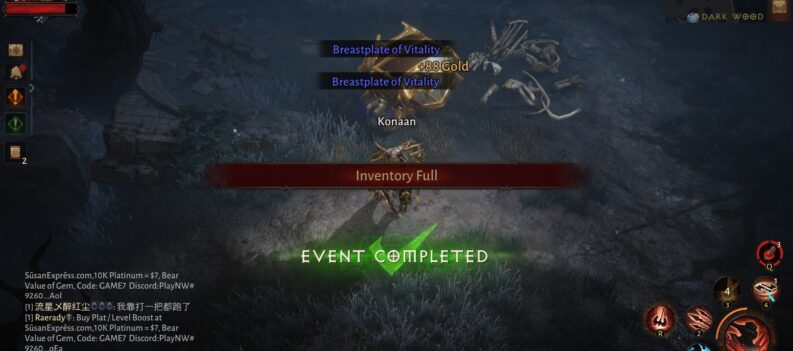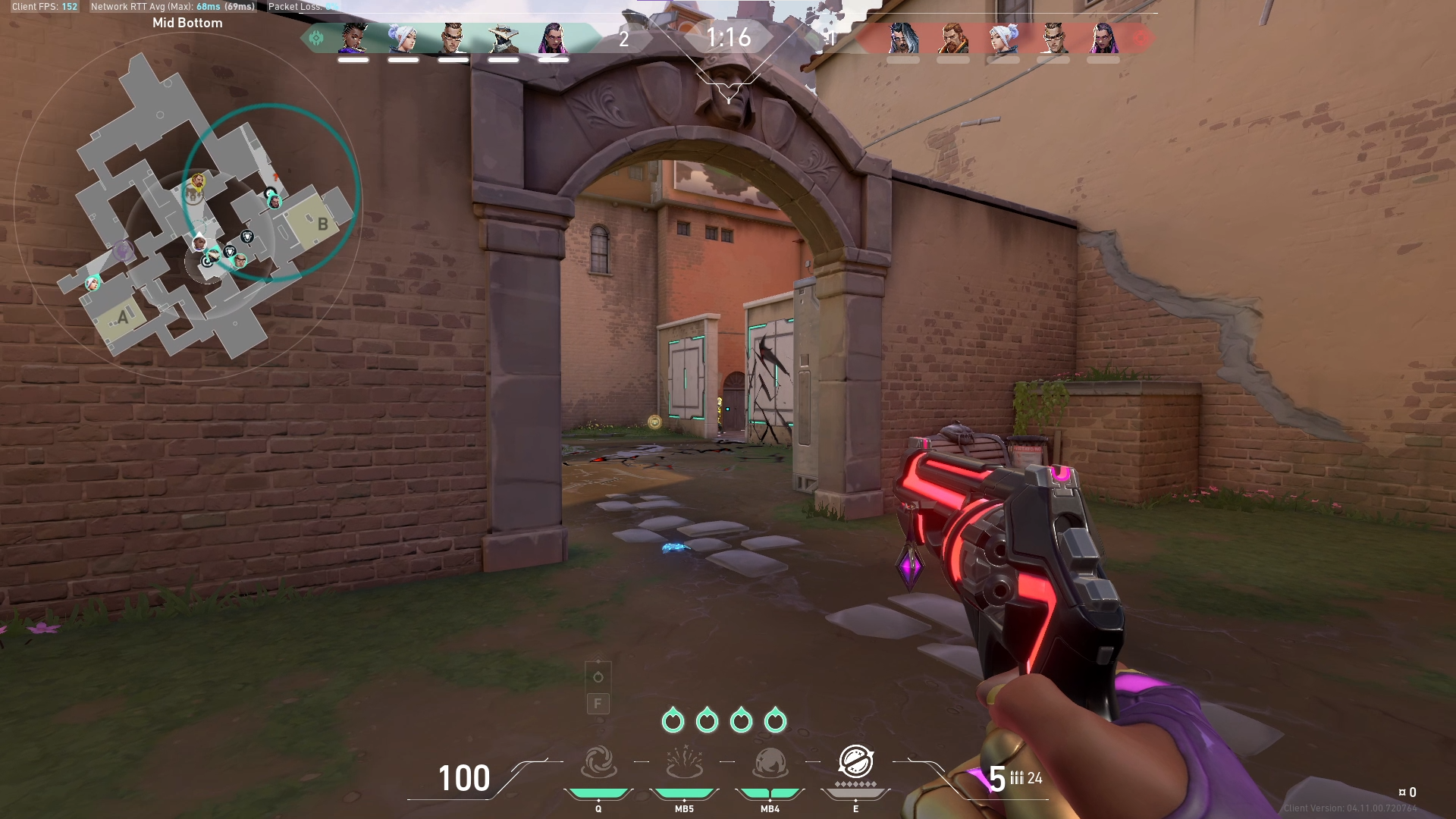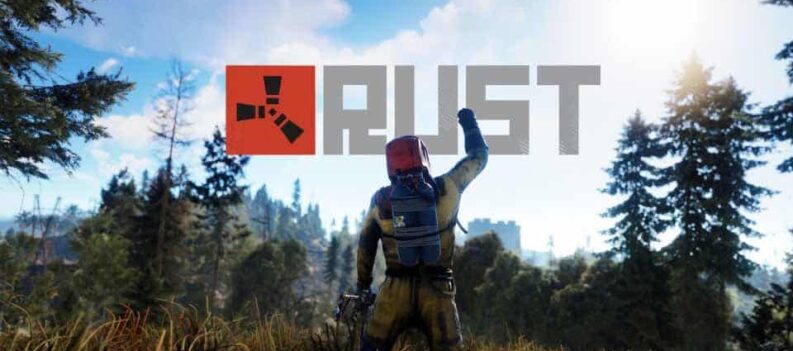Powerful endgame upgrade path for your class.
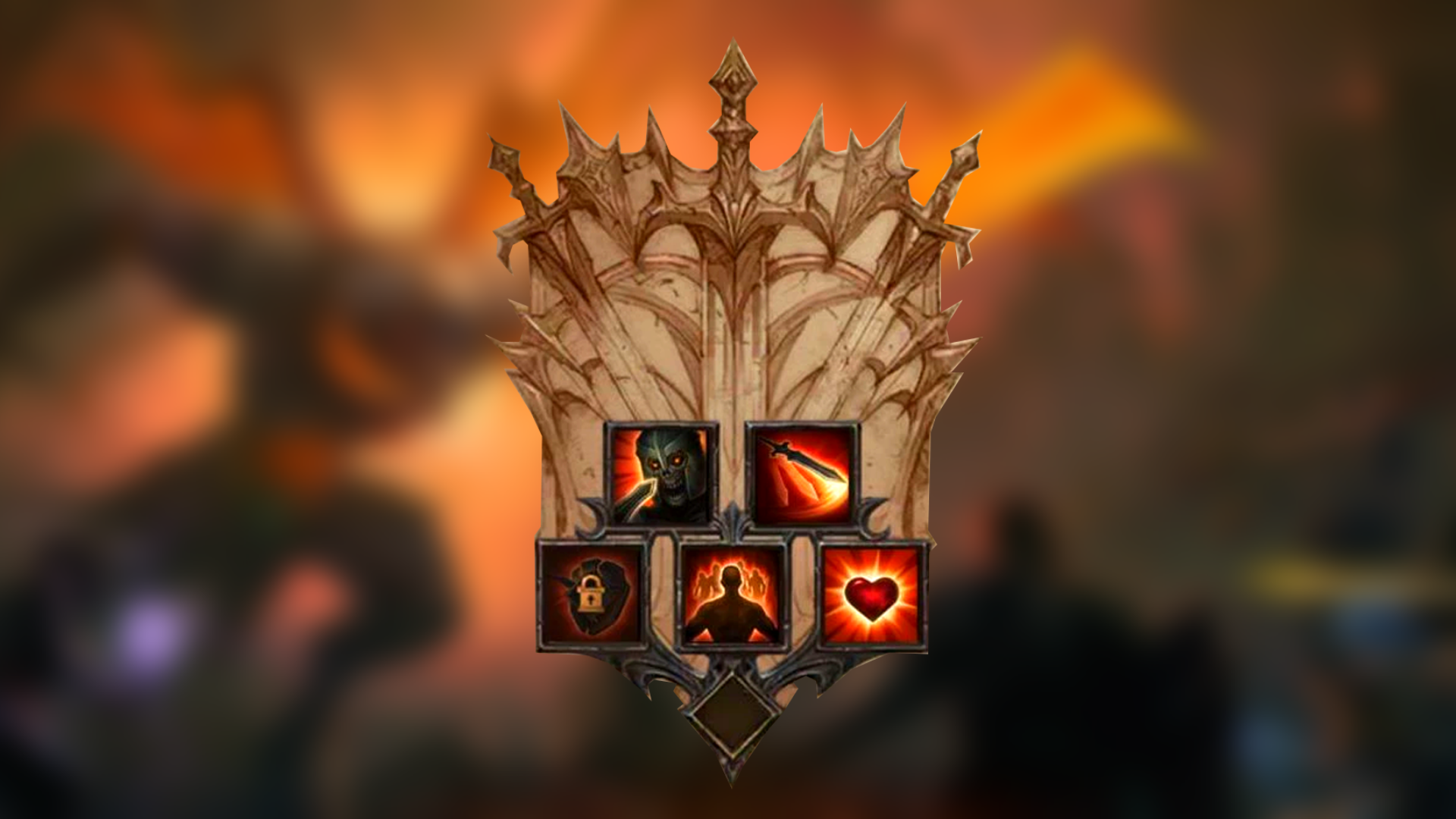
Typically, a game’s story mode is where the meat of the game’s primary content lies. Once you have gone through the struggles of completing every task available in-game, all that is left is to aim for 100% completion by completing side quests, minigames, or other activities in-game – this is not the case in Diablo Immortal.
Diablo Immortal’s story mode begins a long journey towards Endgame – where all the exciting PvE and PvP content lies after you have reached the max level in-game (Level 60), a new and more challenging leveling system called The Paragon takes over.
This guide will walk you through everything you need to know about The Paragon in Diablo Immortal.
Paragon System in Diablo Immortal
The Paragon System is a post-story mode leveling system that takes over after you have reached Level 60 in Diablo Immortal.
By Level 60, players have a chance to gain even more abilities and stats through Paragon Skills from the Paragon Tree. Players can get more Paragon Skills by earning enough Paragon Points by leveling up beyond Level 60 in-game.
There are six Paragon Trees that players can unlock progressively in-game. The first few Paragon Trees will be available at Level 60, but the rest will only be known by leveling up in increments of 50 Paragon Levels.
Lastly, the amount of Paragon XP you can gain depends on your current server’s cumulative player XP average, which we will explain in detail in the Paragon World System section below.
Paragon Levels in Diablo Immortal
Players can progress through the Paragon by simply leveling up in-game. Leveling up the Paragon will give players Paragon Points, which they can use to acquire a new set of powerful buffs and attributes from Paragon Trees.
However, since the Paragon is still a leveling system, players must work their way from the bottom of the Paragon tiers. The more Paragon levels they gain, the more Paragon Trees they can choose from in-game.
The Paragon Tree tiers are as follows: (Ascending order)
- Survivor (Unlocks at Level 1)
- Vanquisher (Unlocks at Level 1)
- Treasure Hunter (Unlocks at Level 50)
- Gladiator (Unlocks at Level 100)
- Soldier (Unlocks at Level 150)
- Mastermind (Unlocks at Level 150-200)
The first two Paragon Tree tiers will be available after reaching level 60 in Diablo Immortal. To unlock the rest of the Paragon Tree tiers, you need to level up by 50 Paragon Levels for each succeeding tier.
Paragon Trees in Diablo Immortal
Paragon Trees can provide additional status buffs and attributes to your character in Diablo Immortal. There are currently six different Paragon Trees available in-game,
- Survivor – improves survivability.
- Vanquisher – increases Attack Speed and Attack Damage.
- Treasure Hunter – increases loot drop chance.
- Gladiator – grants immunity and increased resistance to loss of control effects.
- Soldier – Party Member-centric Paragon Tree. Increases Attack Damage, reduces Damage Taken and applies other powerful buffs to teammates.
- Mastermind – Dependent on the number of unique class members in the party. Increases Critical Hit Chance, Skill Damage and improves Damage Reduction.
Each Paragon Tree features a set of Specialization Skills and Persistent Attributes that focus on one aspect of PvE/PvP gameplay.
For example, the Treasure Hunter Paragon Tree features Specialization Skills that increase your chances of getting loot, such as Gold, XP, or Equipment from killing monsters. If you’re the type of player who wants to get as much loot as possible from your dungeon runs, you’ll need to have the Treasure Hunter Paragon Tree active.
One slight caveat with a Paragon Tree’s Specialization Skills is that you cannot carry these Skills from one Paragon Tree to another. To use them, you need to have the Paragon Tree where the Specialization Skill belongs active.
On the other hand, learning Persistent Attributes will permanently add the corresponding stat bonus to your character.
Paragon World
Blizzard put the Paragon World System in place to keep Paragon Levels balanced for every server.
The system works by automatically adjusting the amount of Paragon XP you can get from your dungeon runs relative to the current average Paragon XP server.
Suppose your Paragon Level is lower than your current server’s average cumulative Paragon Level. In that case, you will gain extra Paragon XP – the same goes for players equal to or greater than the average server Paragon Level.
The Paragon World System ensures that players will not overtake other players who do not have as much time to grind in Diablo Immortal in terms of Paragon Levels. Everyone has a good chance of staying competitive in PvE or PvP.
Level Up Beyond
The Paragon System will keep players grinding and reaching for the top even after they have completed the game’s main campaign mode. Powerful status buffs and attributes await those who grind hard and level up their characters in Diablo Immortal.
So, there we have it! This has been everything you needed to know about Paragon in Diablo Immortal.
Visit the PlayerAssist website for more Gaming Guides, Gaming News, Game Codes, and other Gaming Content!



